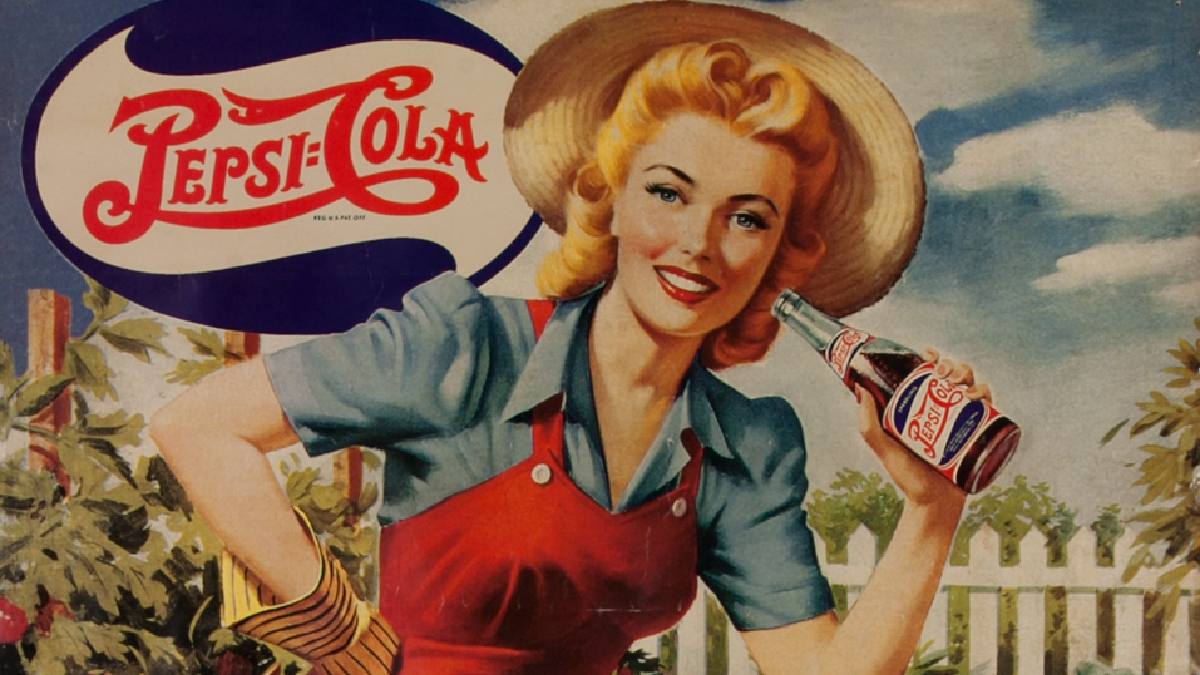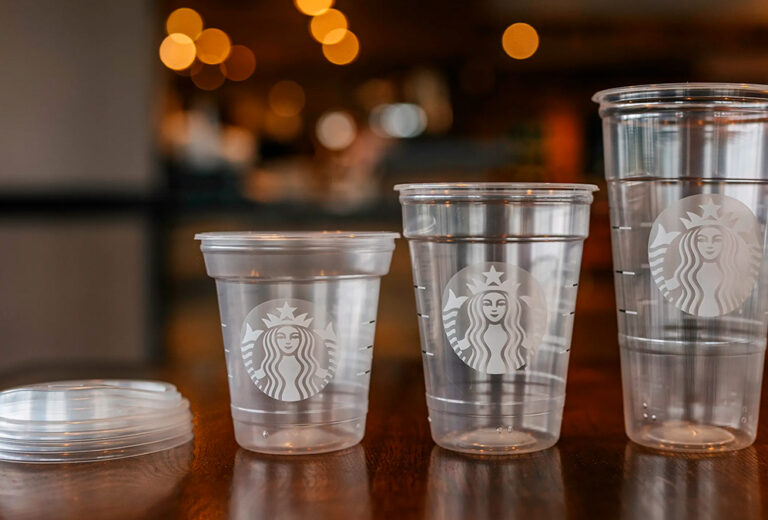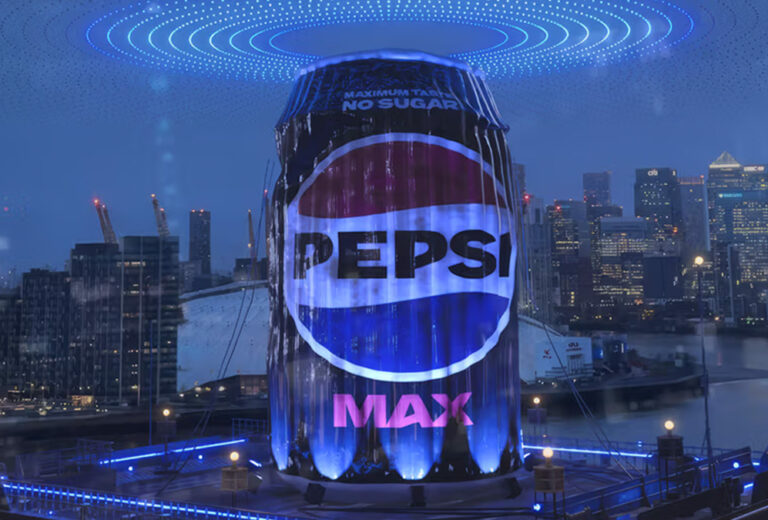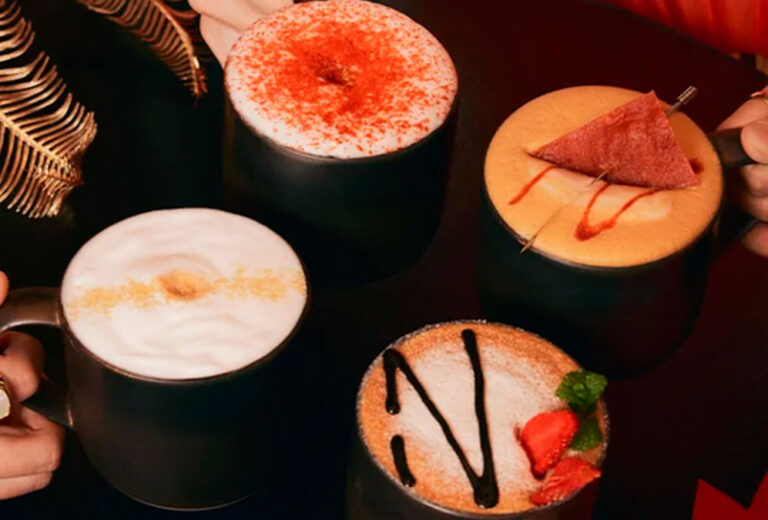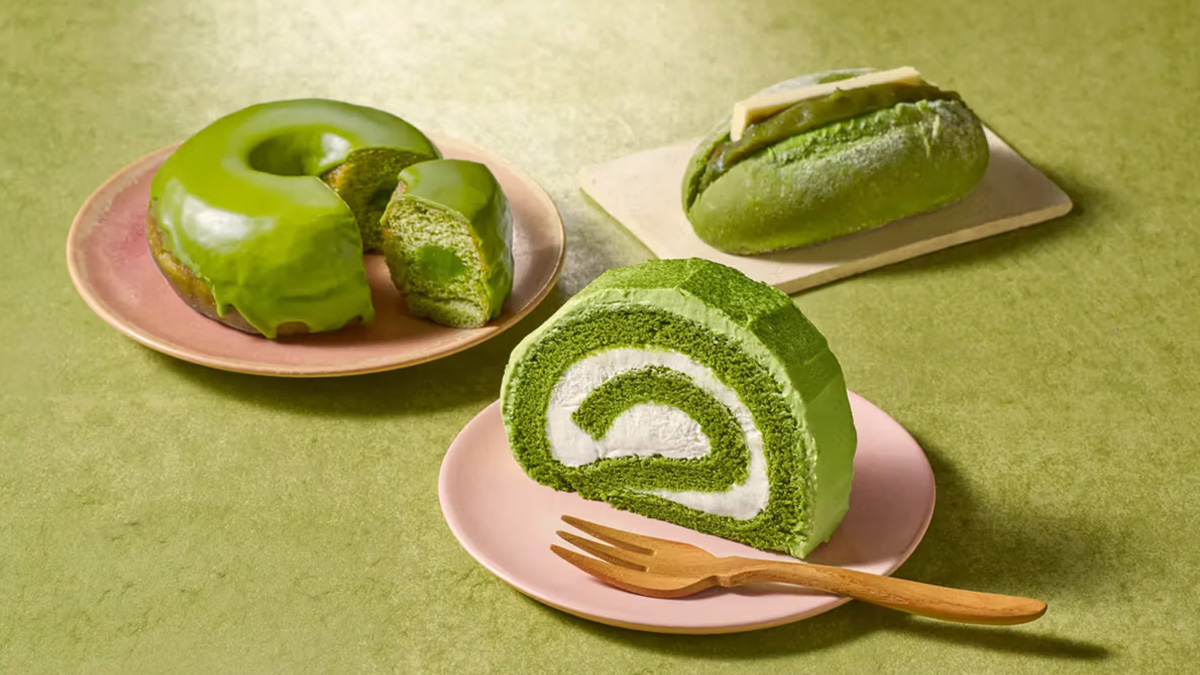Click here to read the Spanish version.
In the world of marketing, finding a good name to define the product is very complicated. Sometimes it is a matter of luck, sometimes of pure ingenuity. And the truth is that the names of many of the famous brands found in our daily lives come from an originality that is unknown to many.
In this case, we review the food brands that have managed to come up with their names in the most original way possible, avoiding the entities that bear the name, surname or nickname of their creator, as is the case, for example, with Danone, which comes from the name of the son of the company’s founder, Isaac Carasso, who baptized his firstborn son with the name of Daniel, but who was occasionally called Danon.
Pepsi, a remedy for tummy ache
Coca-Cola’s eternal rival, who hasn’t had a Pepsi in their life? Even when they put several soccer stars together to play in one of the most legendary commercials of the 2000s. The truth is that the name Pepsi comes precisely from the disease that motivated Caleb D. Bradham to create a remedy against this ailment: dyspepsia.
Commonly known as indigestion, dyspepsia motivated this American pharmacist to create this home remedy made from kola nuts, sugar, water, caramel, lemon oil, nutmeg and other additives. But at first it was not called Pepsi. The day this popular soft drink was born, Bradham baptized it as “Brad’s Drink”, but as it had no commercial hook, he bought the rights to a drink called “Pep Kola” and renamed it Pepsi Cola.
This story is collected in a book called The Encyclopedia of Pepsi-Cola Collectibles, which explains that Bradham was looking for a more holistic name. In addition, this book also explains that Pepsi never had pepsin in it, something that created an urban legend about the name of this beverage.
Starbucks and Moby Dick, a strange relationship
What do the famous Starbucks coffees have to do with the classic tale of Moby Dick? Quite a lot. For those of you who are fans of this famous work by American author Herman Melville, you will be able to locate the name Starbucks in the story of the great whale. The first officer aboard the famous ship featured in the book is named Frank Starbuck.
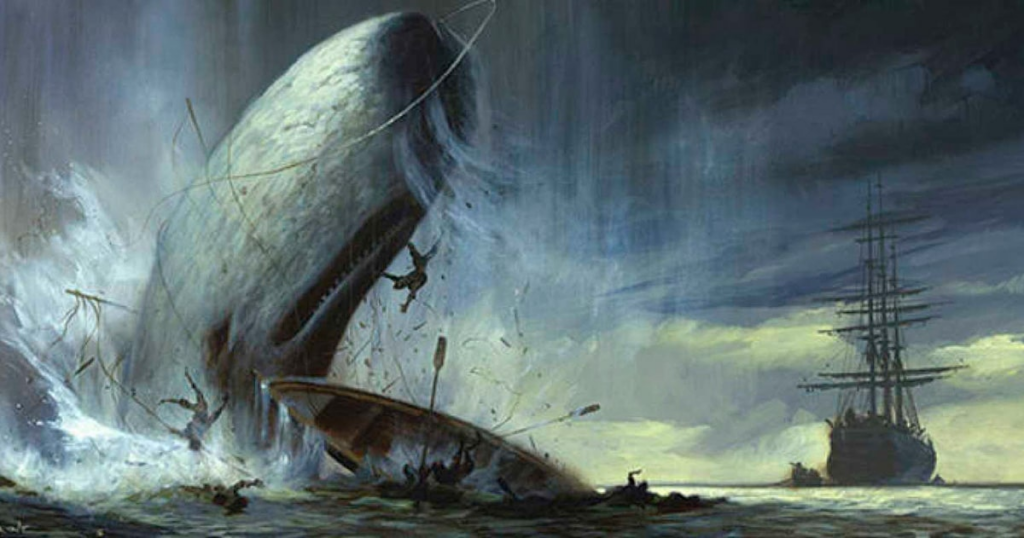
The founders of the coffee company, Gordon Bowker, Zev Siegl and Jerry Baldwin, were true Moby Dick fans. When they launched Starbucks in 1971, they decided that the name should be related to Melville’s work. They first thought of naming it after the ship itself, Pequod, but Starbucks was ultimately more appealing and elegant.
Häagen-Dazs and the curious meaning of its name
When you talk about having ice cream, it’s likely that a particular brand of ice cream with a name that’s hard to pronounce and spell comes to mind quickly: Häagen-Dazs. The incredible flavors of these refreshing treats can be found everywhere, even in Dabiz Muñoz’s own turrones. But the curious thing about this company that might seem European by name, but is actually of American origin, is not the secret of its flavors.
Its founders, Reuben and Rose Mattus, were Polish immigrants who fled Nazi persecution in World War II. They took with them all their memories of their country, but also the secret of their famous ice cream. But, as they didn’t want to market it with an American name without any hook, they decided to baptize their ice cream parlor with something more ‘European’.

In a conversation Reuben had with his wife Rose, as they were figuring out how to name their company, Rose’s light bulb went off and she said, “That’s it. We’re calling it Häagen-Dazs. To which her husband asked: “What does that mean? Well, to the surprise of many, including Reuben himself, it meant absolutely nothing, but to Rose it “sounded European.”
Gatorade and the touchdown that boosted hydration in sports
The development of sports hydration began on the 100-yard line at Ben Hill Griffin Stadium, the home or, as they call it, the swamp of the Florida Gators. Players on this college soccer team were having physical performance issues. So the team contacted one of the professors at the University of Florida, Dr. James Robert Cade, M.D., to find a medical solution.
Their first inspections determined that the players were sweating too much because of the high temperatures and the physical exertion involved in tackling and defending. Even the players were not able to urinate after the games. So he decided to come up with a drink that would not only hydrate, but also provide salts and essences perfect for physical performance.

But because the drink did not taste pleasant, players hardly drank it. So Dr. Dana L. Shires proposed adding lemon juice to make it taste a little more pleasant. From there, the drink became famous throughout the country and Stokely-Van Camp, Inc. proposed to market it under the name Gatorade, in honor of the college soccer team.
Chupa Chups and the commercial that re-baptized the famous candy
Enric Bernat, in addition to being a well-known businessman, was also the grandson of the confectioner Josep Bernat. His passion for his family’s sweets led him in 1950 to continue with the family business and in 1958 he created one of the most iconic sweets of many people’s childhood: Chupa Chups. Although, as with Pepsi, this candy tied to a stick was not born with this name.

It was first called Gol, due to its round shape and the passion for soccer at that time. Later, in 1959, it was renamed Chups. But it was thanks to a commercial in which it said “Chupa, chupa. Suck a Chups”, when the name was changed to what it is called today. All because people thought the candy was called “Chupa Chups”.

